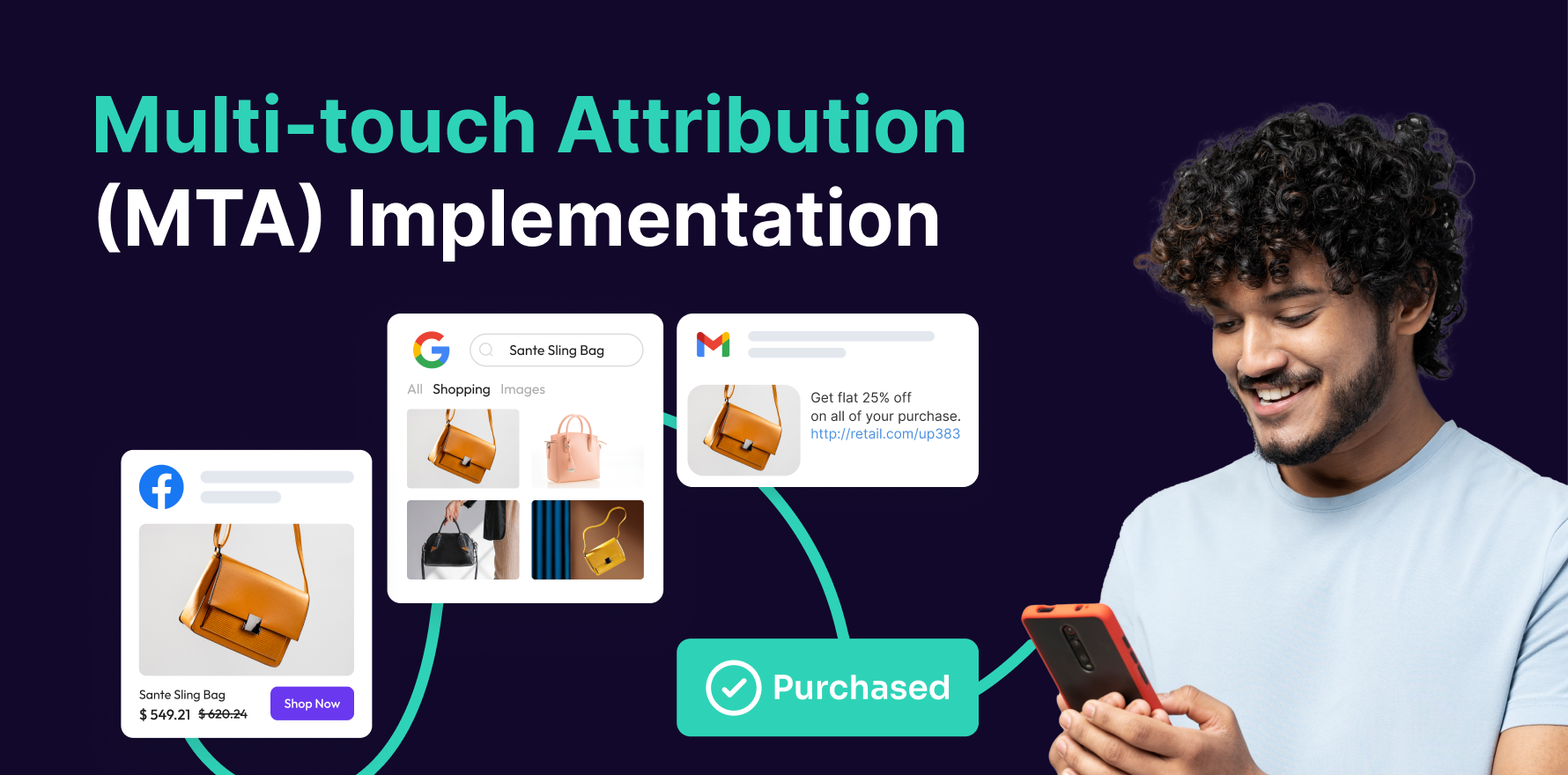Email marketing is an essential customer retention method for brands across industries. But if you are the one managing your organization’s email marketing program, you probably often worry about email deliverability and how to improve it. Read on to find out tried and tested best practices that will ensure that your email always lands in the right place, at the right time.
46% of consumersprefer being contacted via email by businesses.
Maybe it is due to ad fatigue on social media or the satisfaction of clicking the “move to spam” button. Regardless, email is a critical tool for marketing success, and email deliverability is a critical aspect of this process.
What is Email Deliverability?
Simply put, email deliverability is the ability to land in your customers’ or subscribers’ inbox successfully. Although they sound similar, email delivery is very different from email deliverability. Delivery is the mechanical process of sending an email and the other person receiving it, even if it is irrelevant.
Delivery is successful if the recipient can find the email in their ‘All Mail.’ Email deliverability, on the other hand, measures how many of your target customers receive your emails in their inboxes and not in the spam or junk folders.
Why are we talking about email deliverability?
The chances of your subscriber reading your email improve if it is in their inbox. When the email is visible to them, it can be the start of a profitable relationship with your subscriber.
Once your email goes to spam, it will be difficult to reverse the process, courtesy auto-marking of future emails from your business as spam.
Your email delivery rate might be giving you a skewed outcome. A 95% delivery rate means nothing if the email goes to the spam folder. The content of the email can be the most valuable piece of information out there, but it is redundant if the target customer does not see it.
Email marketing best practices
Many factors decide whether an email gets marked as spam or not. This blog will explore a few of them. We strongly recommend that you bookmark these for your email marketing team.
Best Practice 1: Make opt-in less boring
When you present opt-in options, i.e., offering to send updates etc., in exchange for your customers’ email IDs, make sure that the actual opt-in offer is valuable. This value exchange is critical for a healthy email marketing program.
Your customer needs to receive value at every stage of their purchase journey, and if you want their email ID, you need to give them something in return. Emphasize the value you are providing when presenting them with the sign-up form. It could be a discount, a newsletter with valuable tips related to the product, or exclusive benefits.
Use the opt-in form as another opportunity to present social proof. If customers know the number of people subscribing to your newsletter or their positive experiences in the form of testimonials, they are63% morelikely to convert.
Experiment with different offers and social proof to test which sign-up form leads to the most successful email deliverability. Don’t forget a welcome email!
Best Practice 2: Focus on email deliverability metrics
Data-backed email deliverability goals and strategies will boost your email campaigns. To gauge your email deliverability success, make sure to keep an eye on the following metrics.
Metric 1 – Hard and Soft Bounce Rate
Hard bounces occur when the customer’s email address is valid, the server has blocked you, or the domain name is incorrect. Regardless of the reason, you should remove this recipient from your email list.
A soft bounce is the result of a temporary delivery issue. Some of the reasons for this, which are in your control, include sending oversized emails. There are many other uncontrollable reasons, so if an email repeatedly bounces for a particular customer, consider using a free email address finder to locate a valid email address beforeremoving them from the list.
Metric 2: Spam Complaints
Depending on the content you send out to your list, your customer might mark it as spam. That constitutes a spam complaint, which affects your reputation as a sender.
Though it sounds counter-intuitive, add a clearly visible unsubscribe button for your customers to click so that they don’t mark your emails as spam.
Metric 3: Engagement Rate
Engagement refers to the measurement of opening or clicking on emails. When the total number of clicks and opens is divided by the number of emails you have sent for a campaign, you arrive at your engagement rate. With this data point, you can get a better picture of how many of your customers are ignoring your emails.
The contacts who have engaged with your emails in the last 30 or 60 days should be your target audience for future emails to improve the engagement rate.
There are other email deliverability metrics too that are worth tracking. These include spam trap and spam placement rates, open rates, delivery rates, and inbox placement rates. All of these metrics put together are equipped to inform you how your email campaigns are performing and how good or bad your email deliverability is.
Best Practice 3: Identify your most engaged customers
Theaverage email open rate is 19.8%.
This represents the engaged customer base. A subscriber can opt-in or refrain from marking your email as spam for multiple reasons that have nothing to do with actually wanting to interact with your brand.
When a customer opts in to get that single discount, they may ignore the rest of your emails after that. Or, if the customer is dedicated enough to purge their inbox, your email goes into spam.
Therefore, even though the first few emails saw engagement from a customer, it does not mean they want more emails from you in the future.
Observe the mail deliverability metrics to cull out a list of engaged customers and shape your marketing strategies according to their preferences.
Best Practice 4: Modify content when testing new campaigns
With a chiseled-down list, critical metrics on your side, and a group of engaged contacts at your fingertips, it is now time to test your content.
Engaging subject lines, actionable advice, valuable offers, and clear CTAs are a few email content boxes you must strive to tick. Depending on your target audience, you can experiment with gifs, images, and infographics as well.
Remember the two pillars of email marketing: Personalization and Value.
You cannot go wrong with these two.
Best Practice 5: Use a dedicated domain
Having your brand’s own domain can help boost deliverability and add to the experience your brand provides. Remember that 45% of email users avoid opening emails from unknown addresses.
Domain reputation refers to your domain’s health, which is usually determined by email servers.
A healthy domain reputation means a higher chance of landing in your contact’s inbox. Relevant content in the emails, streamlined email practices, along with a high engagement rate together boost domain reputation. Having a dedicated domain is a big plus in improving your email deliverability.
Best Practice 6: Abide by email marketing laws
In all of the strategies above, the focus is clearly to curate an engaged list of contacts receiving relevant emails that they have opted for. A related goal is to avoid spamming your contacts, or worse, being reported for it.
An example of email marketing law is the United States CAN-SPAM Act. It is one of the first major email marketing laws around the world. Essentially, the law regulates commercial emails, i.e. any email that advertises a product, announces a product launch, or asks you to clock on promotional links. The Federal Trade Commission has helpfully designed a compliance guideto the rules included in the CAN-SPAM Act. We recommend that every marketer in the US should have this at hand in order to stay within the realms for what is legal and legitimate in email marketing practices in the US.
Similar to the CAN-SPAM Act, all countries have some form of anti-spam laws, so make sure you check if your marketing emails fall under its radar. Be sure you don’t inadvertently break any laws.
One rule that you can’t go wrong with is to ask your customer for explicit consent before sending them marketing emails and also give them the option to opt out/unsubscribe at any point.
Ready to boost your email deliverability?
If email marketing is an art, email deliverability is science – so many factors to consider and track, and plenty of technical processes to consider. However, email deliverability can be a cakewalk with the right tech tools.
Signup to Lifesight to start your journey of avoiding your customers spam folder.
You may also like
Essential resources for your success
























































